In this series we are exploring the weird and wonderful world of astronomy jargon! You’ll feel mysterious about today’s topic: dark matter!
Continue reading “Astronomy Jargon 101: Dark Matter”Astronomy Jargon 101: Dark Matter
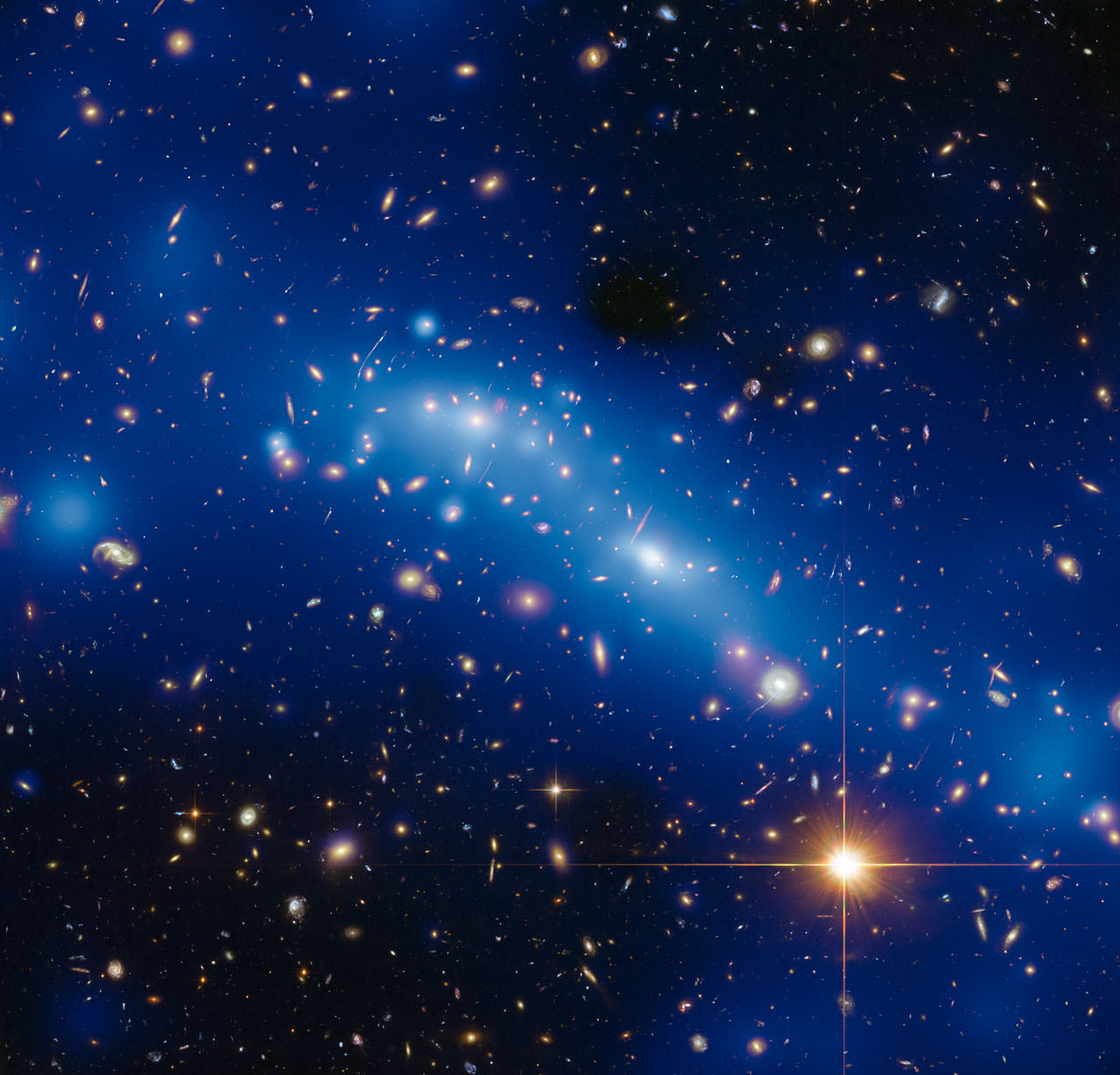

In this series we are exploring the weird and wonderful world of astronomy jargon! You’ll feel mysterious about today’s topic: dark matter!
Continue reading “Astronomy Jargon 101: Dark Matter”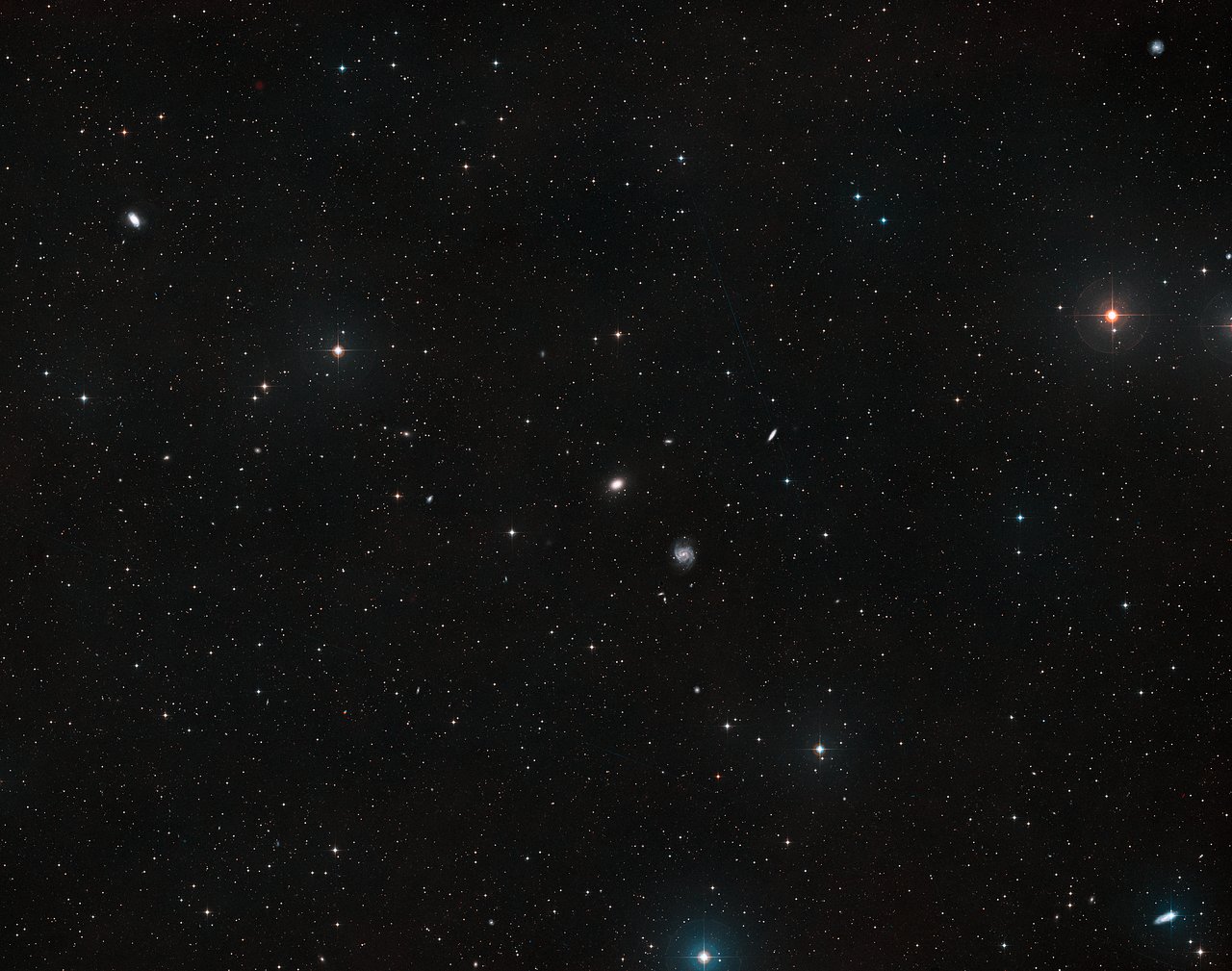
One of the greatest cosmological mysteries facing astrophysicists today is Dark Matter. Since the 1960s, scientists have postulated that this invisible mass accounts for most of the matter in the Universe. While there are still many unresolved questions about it – i.e., What is it composed of? How do we detect it? What evidence is there beyond indirect detection? – we have managed to learn a few things about it over time.
For example, astrophysicists have observed that Dark Matter played a vital role in the formation of galaxies and is responsible for keeping them gravitationally bound. However, when an international team of astronomers observed the ultra-diffuse galaxy AGC 114905, they found no evidence of Dark Matter at all. If these observations are accurate, this discovery could force scientists to reevaluate their cosmological models and the way we look at the Universe.
Continue reading “Galaxies Have Been Found With no Dark Matter at all”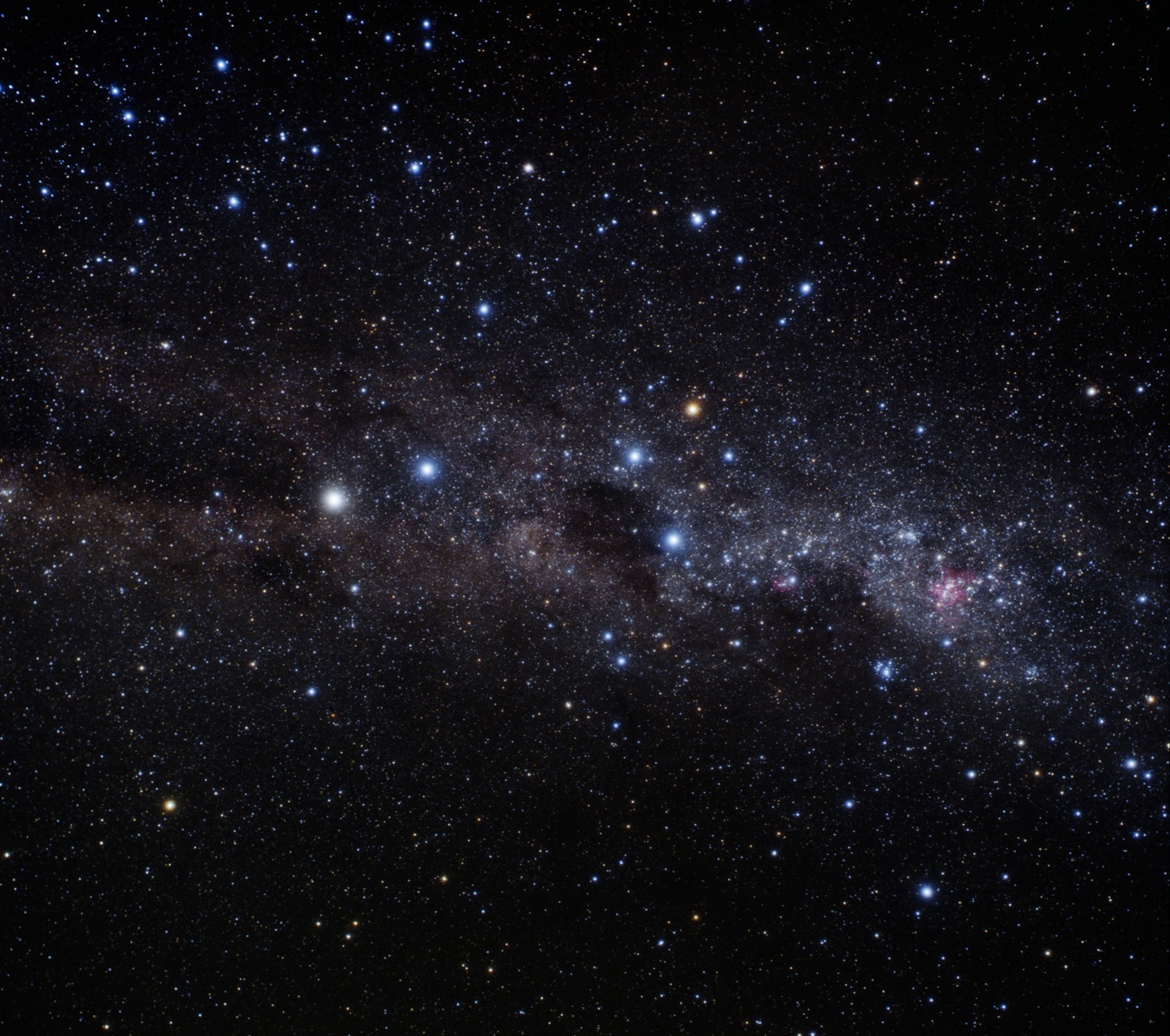
The nature of dark matter continues to perplex astronomers. As the search for dark matter particles continues to turn up nothing, it’s tempting to throw out the dark matter model altogether, but indirect evidence for the stuff continues to be strong. So what is it? One team has an idea, and they’ve published the results of their first search.
Continue reading “Maybe “Boson Clouds” Could Explain Dark Matter”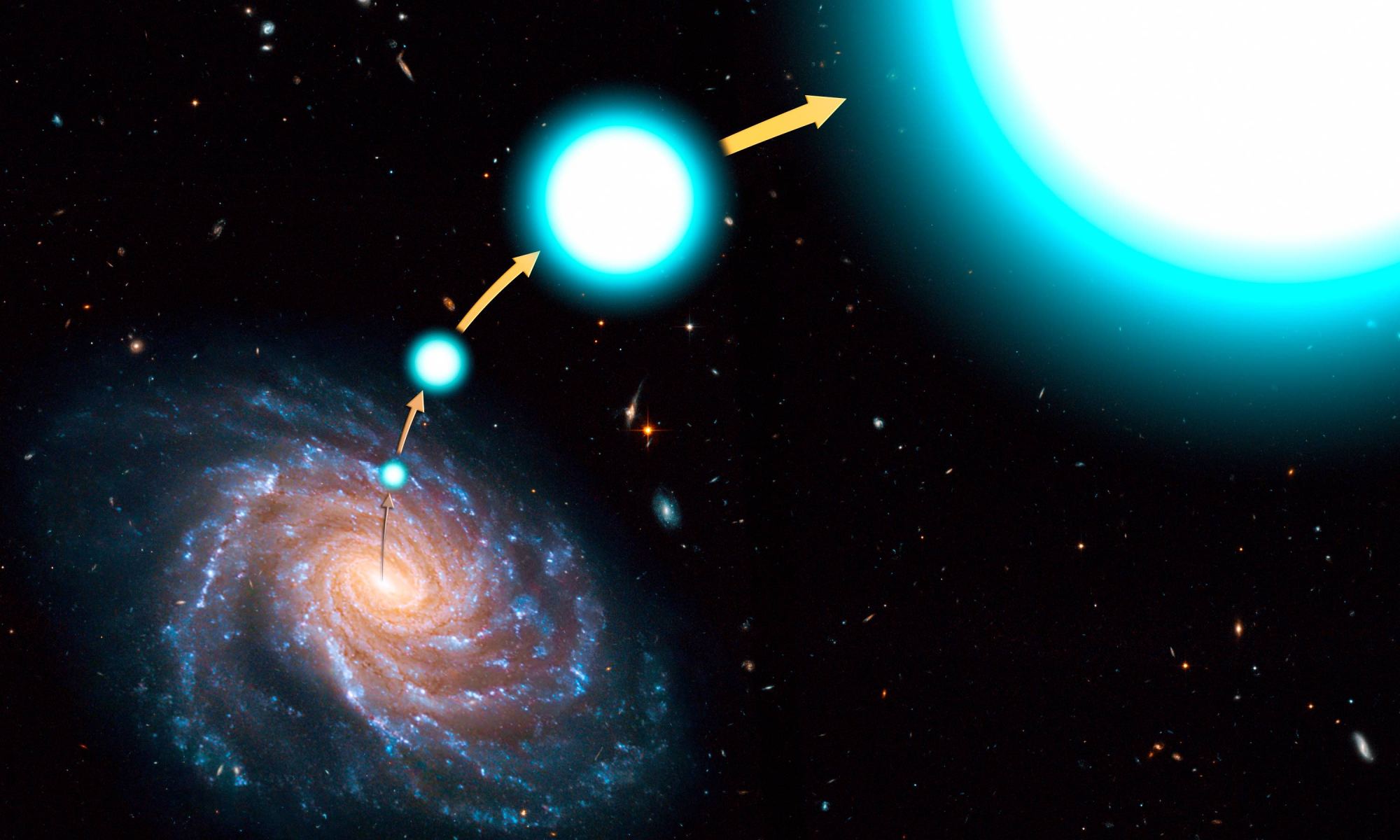
Dark matter is notoriously difficult to study. It’s essentially invisible to astronomers since it can’t be seen directly. So astronomers rely on effects such as the gravitational lensing of light to map its presence in the universe. That method works well for other galaxies, but not so well for our own. To map dark matter in the Milky Way, we rely mostly on the motions of stars in our galaxy. Since dark matter attracts regular matter gravitationally, the method works well for areas of the galaxy where there are stars. Unfortunately, most of the stars lie along the galactic plane, making it difficult to map dark matter above and below that plane. But a recent study proposes a way to map more of our galaxy’s dark matter using runaway stars.
Continue reading “Stars Getting Kicked out of the Milky Way can Help us map its Dark Matter Halo”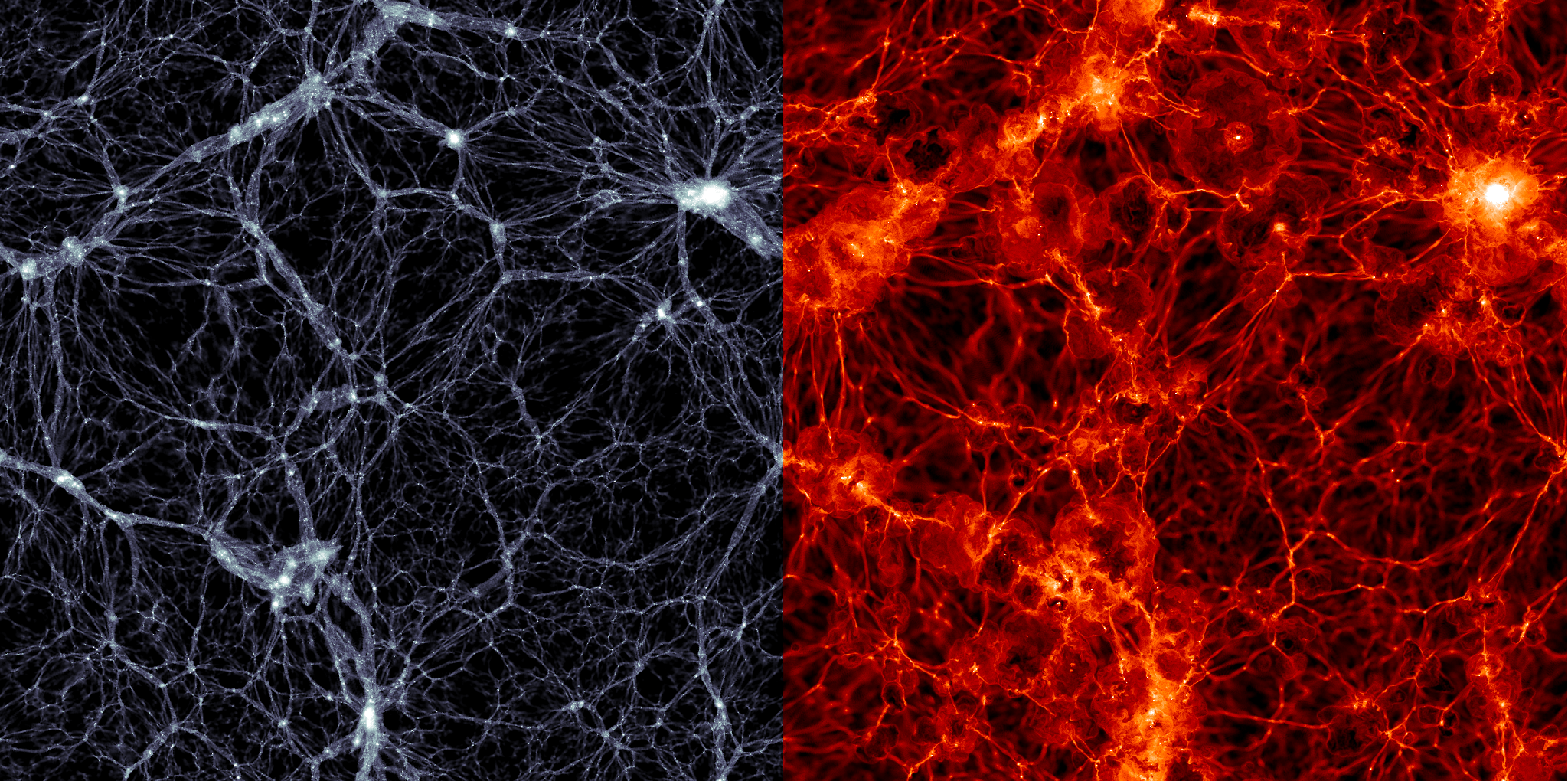
Today, the greatest mysteries facing astronomers and cosmologists are the roles gravitational attraction and cosmic expansion play in the evolution of the Universe. To resolve these mysteries, astronomers and cosmologists are taking a two-pronged approach. These consist of directly observing the cosmos to observe these forces at work while attempting to find theoretical resolutions for observed behaviors – such as Dark Matter and Dark Energy.
In between these two approaches, scientists model cosmic evolution with computer simulations to see if observations align with theoretical predictions. The latest of which is AbacusSummit, a simulation suite created by the Flatiron Institute’s Center for Computational Astrophysics (CCA) and the Harvard-Smithsonian Center for Astrophysics (CfA). Capable of processing nearly 60 trillion particles, this suite is the largest cosmological simulation ever produced.
Continue reading “A new Simulation of the Universe Contains 60 Trillion Particles, the Most Ever”
A supermassive black hole (SMBH) likely resides at the center of the Milky Way, and in the centers of other galaxies like it. It’s never been seen though. It was discovered by watching a cluster of stars near the galactic center, called S stars.
S stars’ motions indicated the presence of a massive object in the Milky Way’s center and the scientific community mostly agreed that it must be an SMBH. It’s named Sagittarius A*.
But some scientists wonder if it really is a black hole. And one of the S stars could answer that question and a few others about black holes.
Continue reading “One Star Could Answer Many Unsolved Questions About Black Holes”Dark matter remains one of the greatest mysteries in science. Despite decades of astronomical evidence for its existence, no one has yet been able to find any sign of it closer to home. There have been dozens of efforts to do so, and one of the most prominent just hit a milestone – the release and analysis of 8 years of data. The IceCube Neutrino Observatory will soon be releasing results from those 8 years, but for now let’s dive in to what exactly they are looking for.
Continue reading “Searching for Dark Matter Inside the Earth”Dark matter rules every galaxy. But what exactly is it? Astronomers believe it to be some kind of new, exotic particle. You may have heard some terms tossed around, like WIMPs or axions. Let’s explore what those terms actually mean.
Continue reading “WIMPS vs. Axions: What is dark matter?”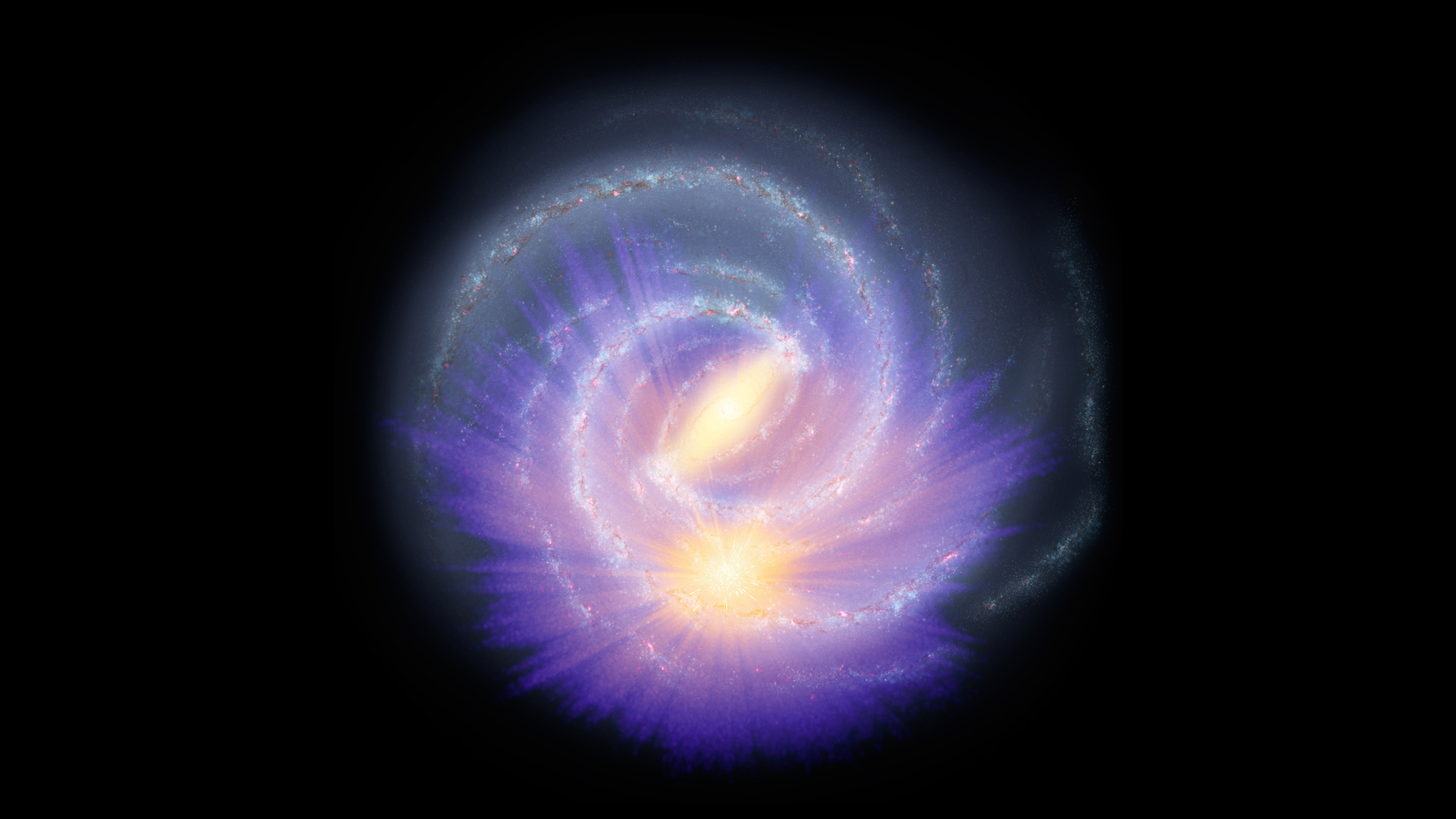
If it were’t for an enormous halo of dark matter enveloping our galaxy, the spin-rate of our central bar should stay pretty constant. But researchers have recently inferred that it has slowed down by almost 25% since its formation, a clear sign of the presence of dark matter.
Continue reading “The Milky Way’s Central bar Spin-Rate is Slowing Down Thanks to Dark Matter”Since it was first theorized in the 1970s, astrophysicists and cosmologists have done their best to resolve the mystery that is Dark Matter. This invisible mass is believed to make up 85% of the matter in the Universe and accounts for 27% of its mass-energy density. But more than that, it also provides the large-scale skeletal structure of the Universe (the cosmic web), which dictates the motions of galaxies and material because of its gravitational influence.
Unfortunately, the mysterious nature of Dark Matter means that astronomers cannot study it directly, thus prevented them from measuring its distribution. However, it is possible to infer its distribution based on the observable influence its gravity has on local galaxies and other celestial objects. Using cutting-edge machine-learning techniques, a team of Korean-American astrophysicists was able to produce the most detailed map yet of the local Universe that shows what the “cosmic web” looks like.
Continue reading “A Dark Matter map of our Local Cosmic Neighborhood”